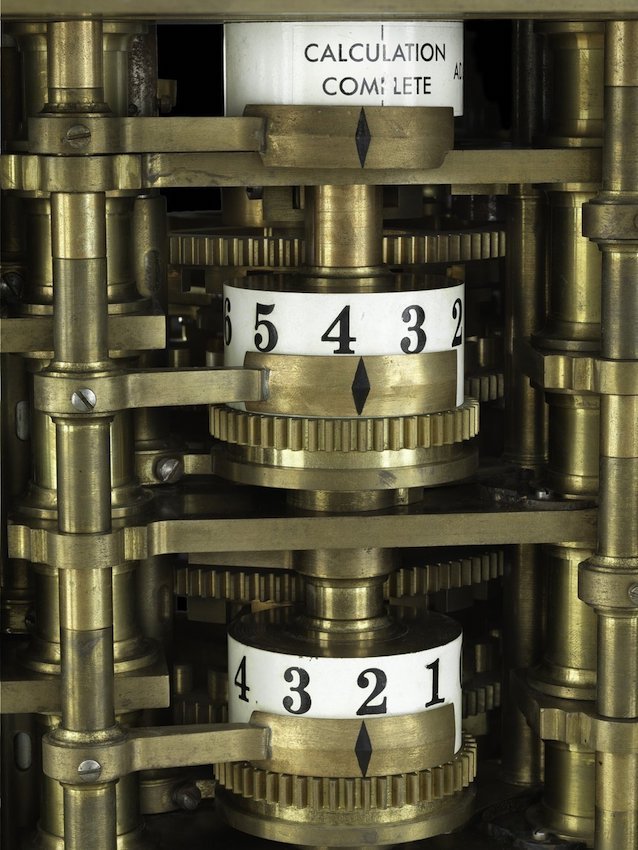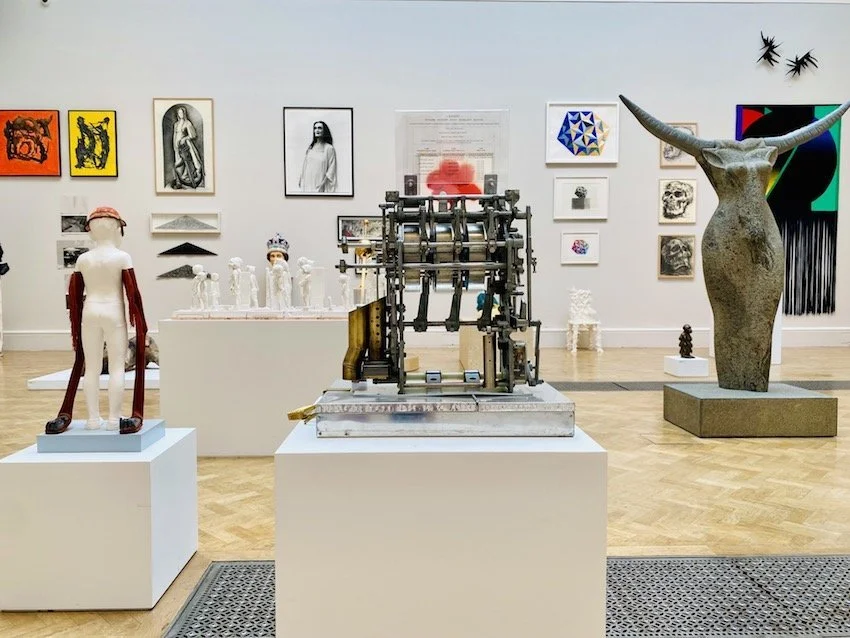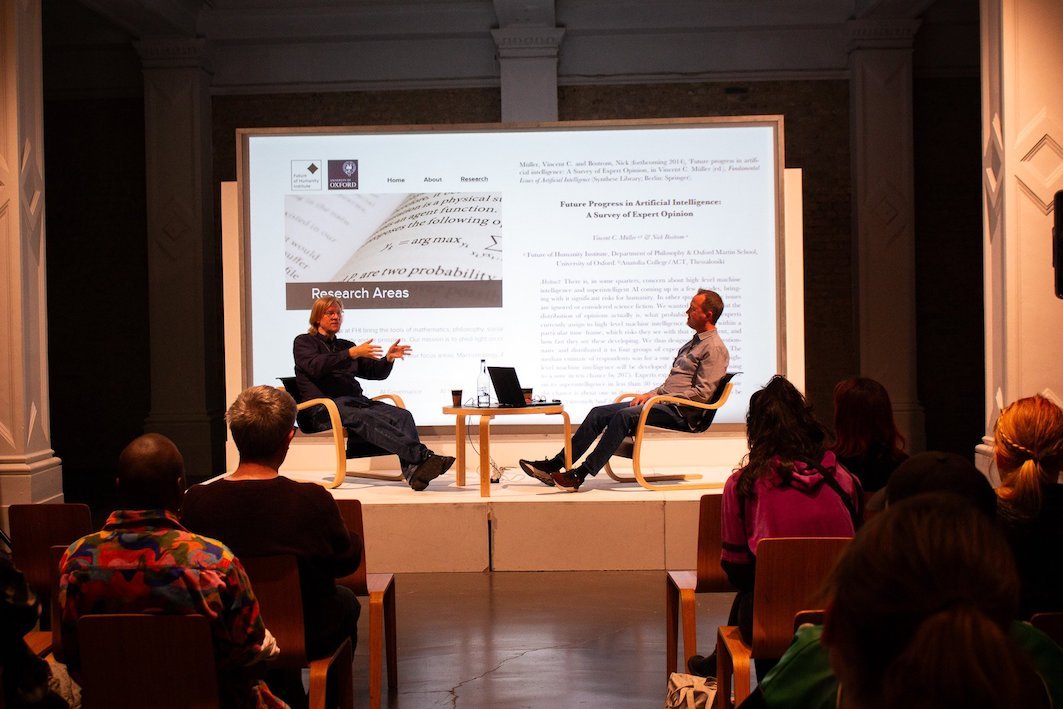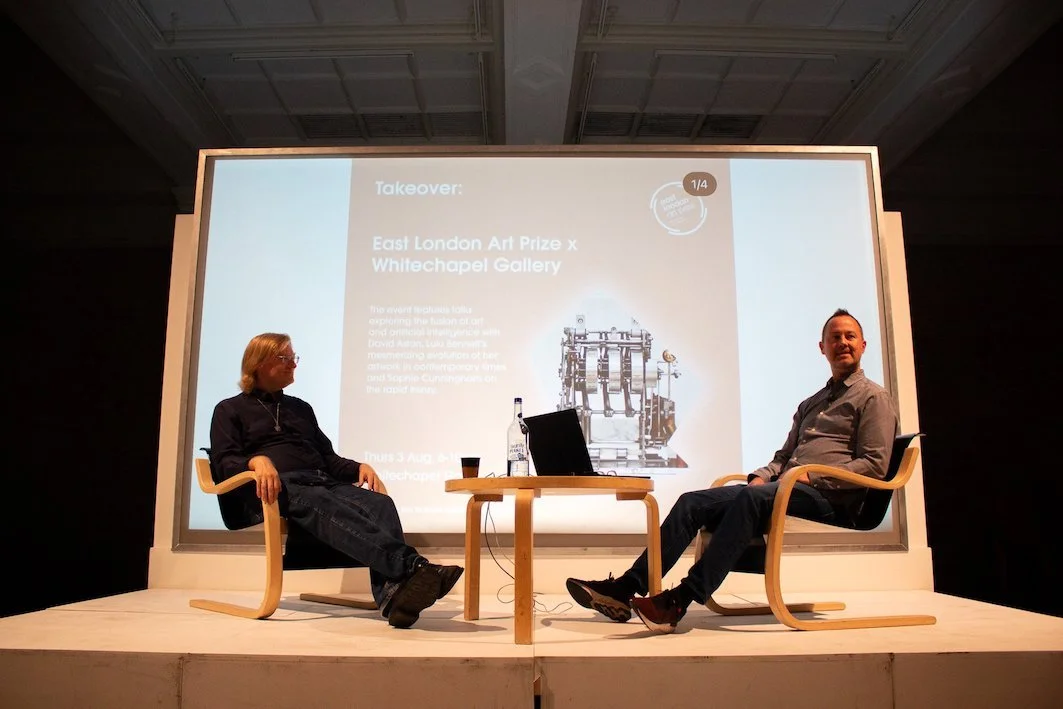ARTWORK DETAILS
David Aston
Oracle (Artificial Intelligence Future Prediction Simulator)
1956 one arm bandit, embossed aluminium bank safety deposit box, antique brass hydrometer, plastic, pre-decimal copper one penny coins
Digital simulator
2020-1
58.5 H x 42.5 W x 29.5 D cm
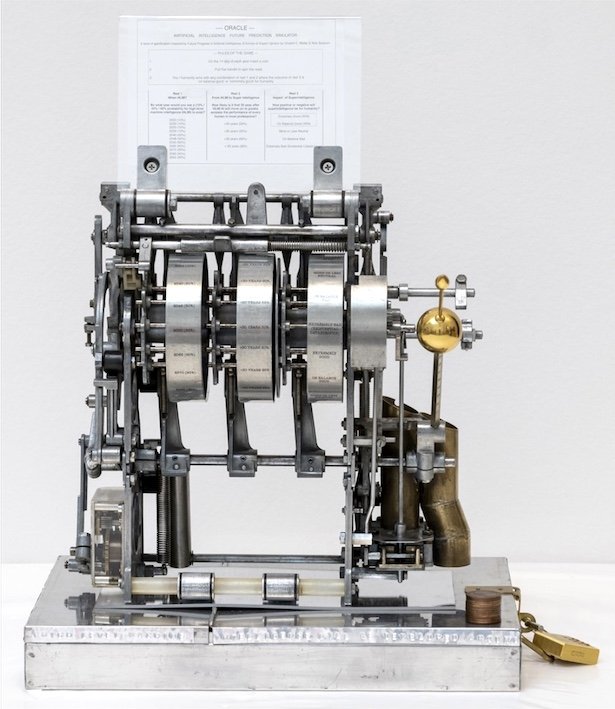
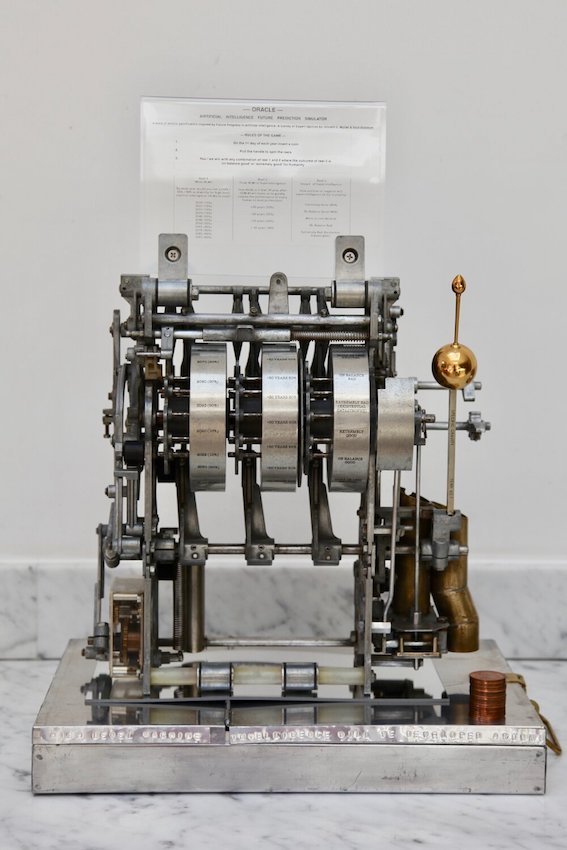
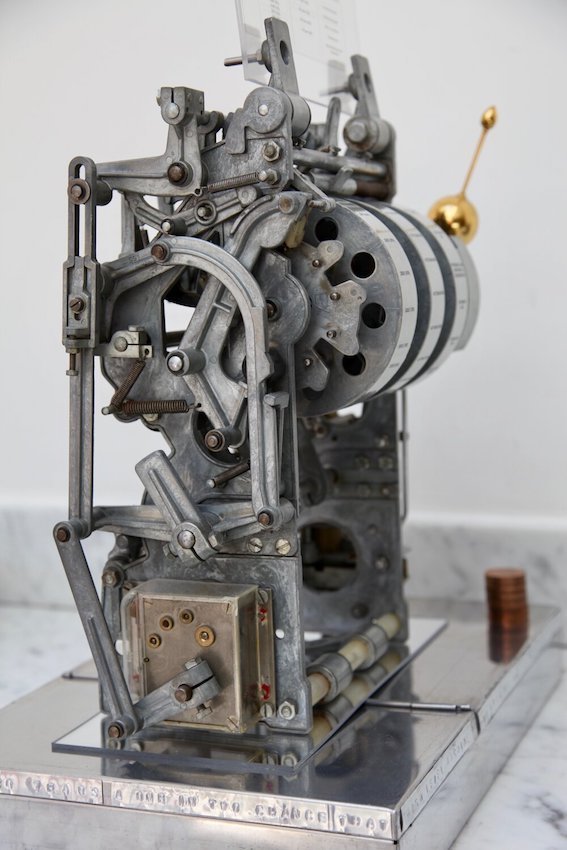
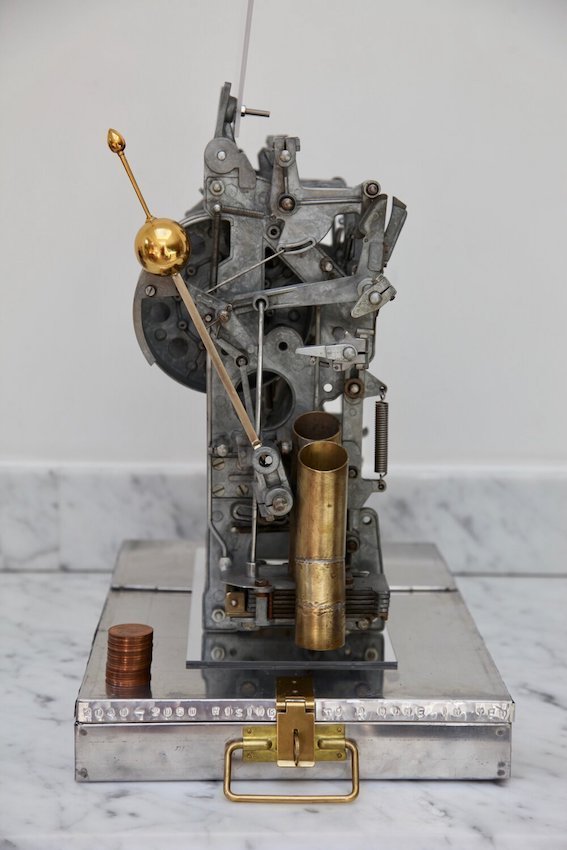
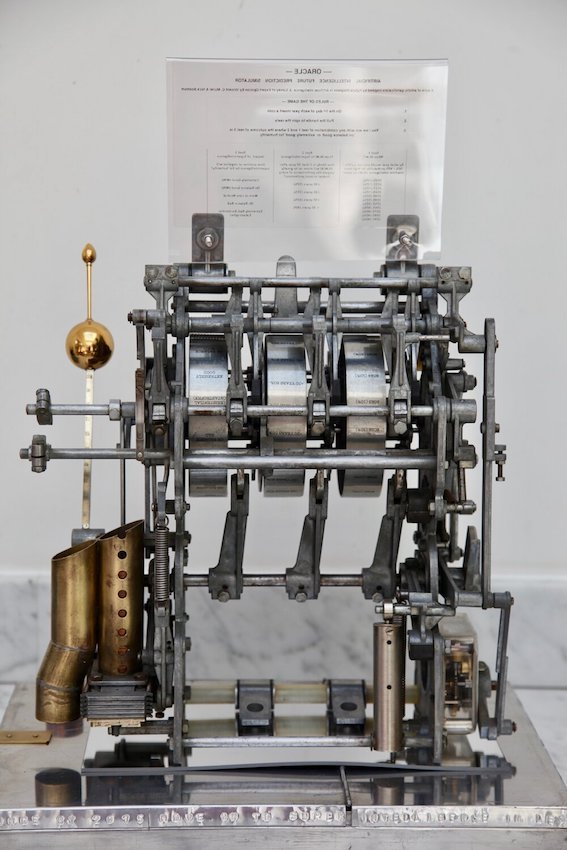
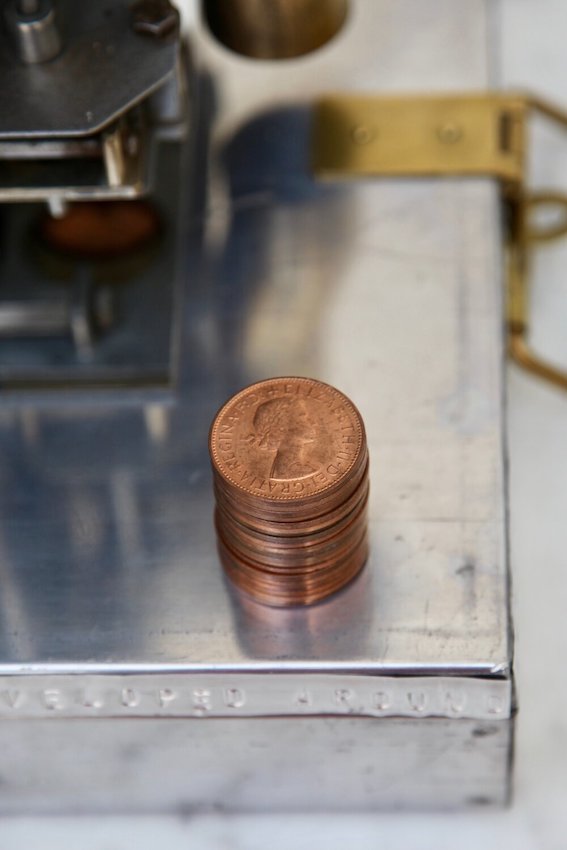
“the results reveal a view among experts that AI systems will probably (over 50%) reach overall human ability by 2040-50, and very likely (with 90% probability) by 2075. From reaching human ability, it will move on to superintelligence in 2 years (10%) to 30 years (75%) thereafter.
The experts say the probability is 31% that this development turns out to be ‘bad’ or ‘extremely bad’ for humanity.
”
FURTHER DETAILS
AI was conceived in 1956 at a Dartmouth College workshop [1], One of the key debates amongst futurists, scientists and philosophers at the centre of AI research since has been when AI will reach and exceed human-level machine intelligence (HLMI).
A survey conducted by the Future of Humanity Institute at Oxford, Future Progress in Artificial Intelligence: A Survey of Expert Opinion [2] polled 550 experts and asked “by what year would you assign a 10%, 50%, 90% chance of the development of HLMI?” The view amongst selected experts was a 50% probably that AI will reach overall human ability by 2040-50 (90% probability by 2075) and 75% probability of superintelligence within 30 years thereafter.
Taken in the context of hundreds of thousands of years of human evolution, this research, suggesting that we may be living with advanced machine intelligence within 30-60 years is profound and inspired Oracle and the 50:50 by 2050 series.
Oracle is a sculptural Artificial Intelligence (AI) future prediction simulator. A multi-media sculpture taking the form of a deconstructed one arm bandit made in the same year as the Dartmouth conference (1956) and with the serial number 000001950. The machine’s elaborately cast and illuminated fittings have been removed, revealing its base metal, hand-cranked mechanical and clockwork inner workings. In this, its most functional form, the machine shares its ancestry and aesthetic with earlier 19th entry mechanical computing engines. [See images of Charles Babbage’s difference engine, 1832.]
The machine is intended to be used as an oracle to generate future predictions for AI - the dates for the realisation of human-level machine intelligence, super-intelligence and the outcome for humanity. In the classical Greek world, when faced with complex decisions people consulted an Oracle, a person capable of prophetic predictions and precognition of the future. In complexity and computer theory, an oracle machine is used to study decision problems and is capable of solving any computational problem.
Like all one arm bandits, Oracle is a game of chance driven by the outcome of three spinning wheels. Oracle’s wheels have been sanded to bare metal and the original labels have been replaced with the output data from the Future Progress in Artificial Intelligence report. Reel one contains the experts answers to the probable date of HLMI. Reel 2 contains the probabilities of super-intelligence within 30 years of HLMI, and reel 3 contains the potential outcomes for humanity. Each pull of the handle generates a new future prediction for the date of HLMI, probability of super-intelligence within 30 years, and the subsequent outcome for humanity. When playing Oracle, human society wins with any combination of dates and probability of super intelligence as long as the third wheel returns a positive outcome (good or extremely good) for humanity. These rules of play are described in an acrylic sign on the top of Oracle.
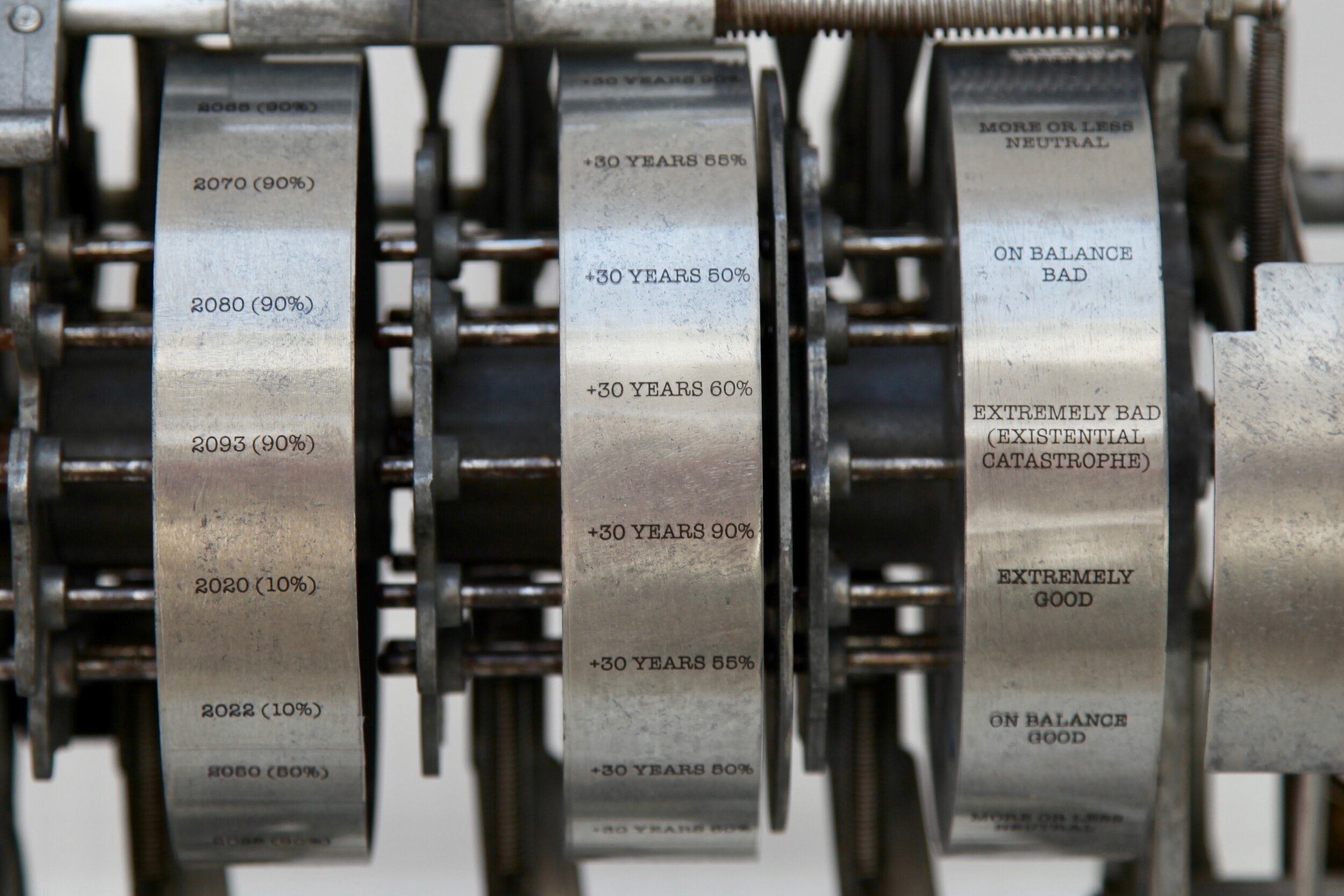
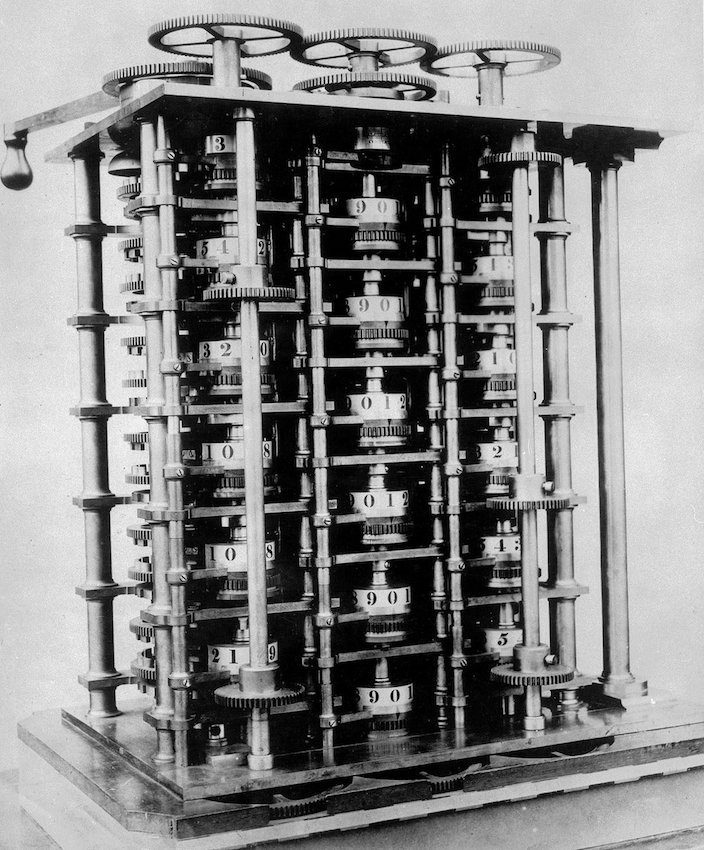
Oracle's plinth is an aluminium bank safety deposit box. The 1950’s box is also contemporary to the Dartmouth conference and has a summary of the reports findings embossed on its edge “A one in two chance that high-level machine intelligence will be developed around 2040-50, rising to a nine in ten chance by 2075. Move onto super intelligence in less than 30 years.” The box is part plinth, part bank vault, part time capsule and contains a copy of the report and 94 pre-decimal copper coins. 65 coins for every year already invested in AI and a further 29 coins for each additional year of investment between now (2021) and 2050; the outer date for the realisation of the HLMI future prediction. All coins date from the reign of Elizabeth II, as all 65 years of AI development to date had taken place under the reign of this single monarch. It is sealed and padlocked with the combination 2050.
EXHIBITIONS
2025 | The New Oracles at The Royal Society of Arts | London
2025 | MetaU Art Prize Winners Exhibition | Artsy
2023 | Royal Academy Summer Exhibition | London
2024 | The John Ruskin Prize: Seeing the Unseen, Hearing the Unspoken | Trinity Buoy Wharf | London
2023 | East London Art Prize Shortlist Exhibition | Nunnery Gallery | London Link to exhibition details.
2023 | London Group Open | Copeland Gallery | London
TALKS & EDUCATION
2023 | Whitechapel Gallery | East London Art Prize x Whitechapel Gallery | In conversation with Anders Sandberg on the intersection of art & AI | Whitechapel Gallery | London: https://www.whitechapelgallery.org/events/east-london-art-prize-x-whitechapel-gallery/
PUBLICATIONS
2022 - Aesthetica Art Prize Future Now Anthology
